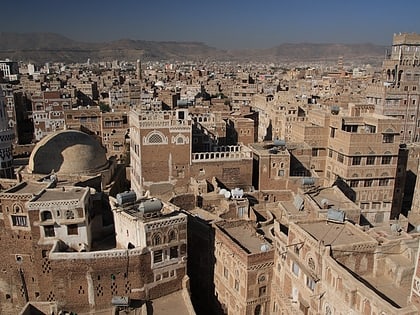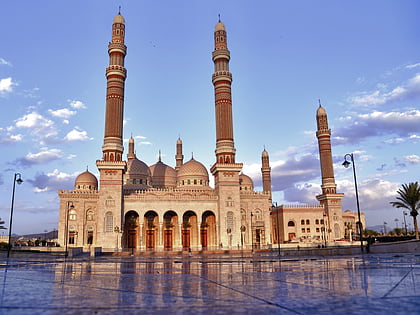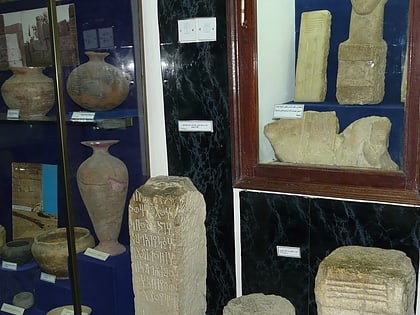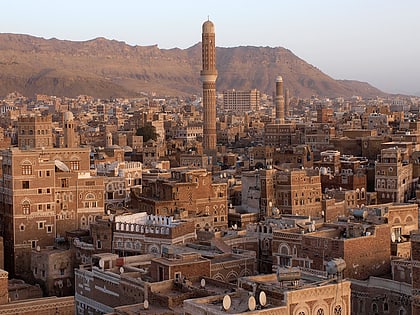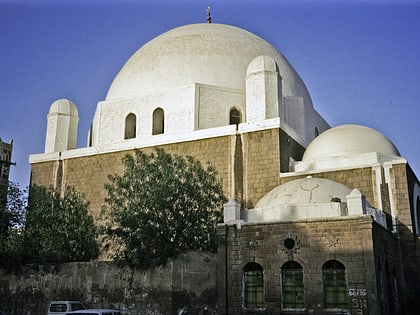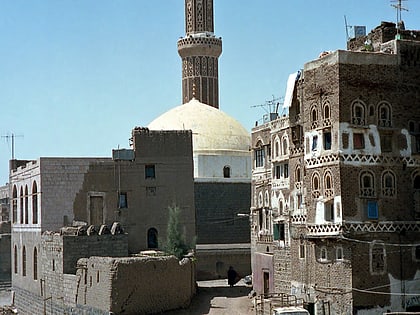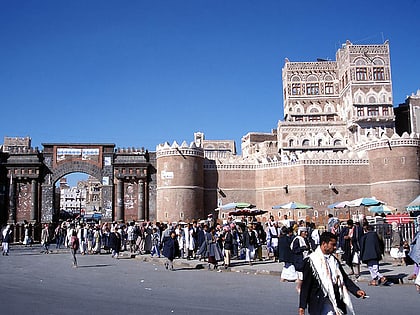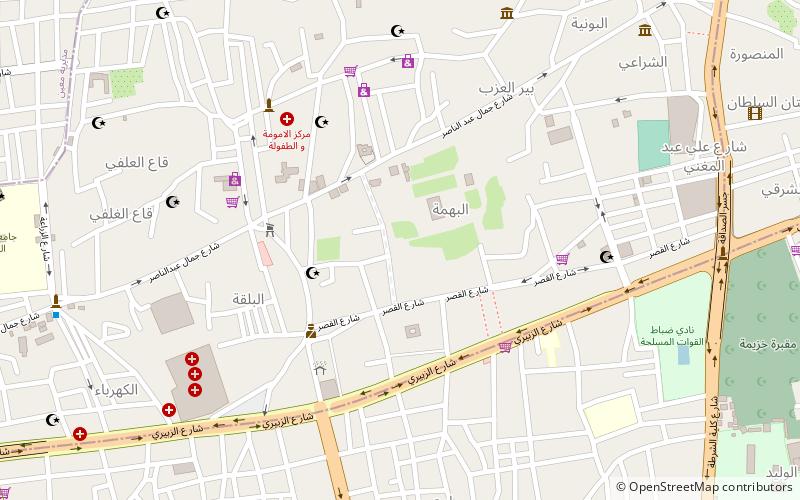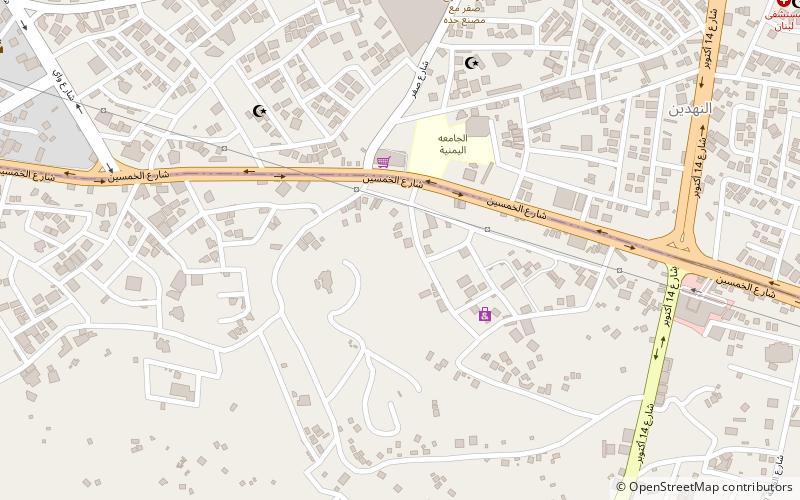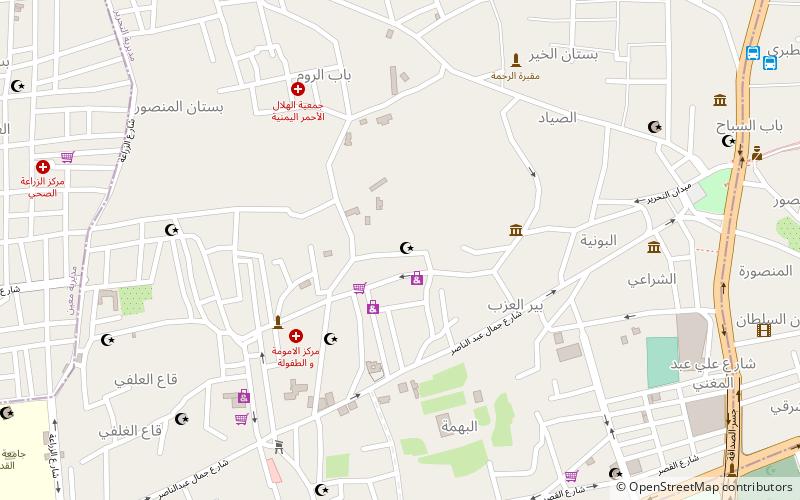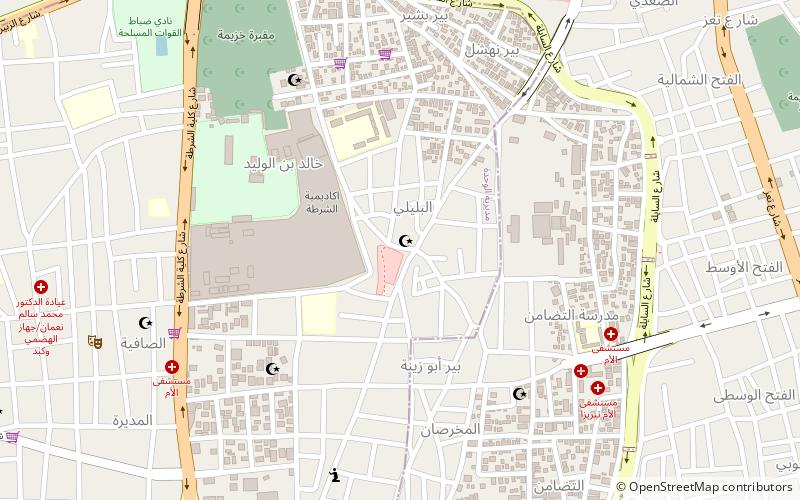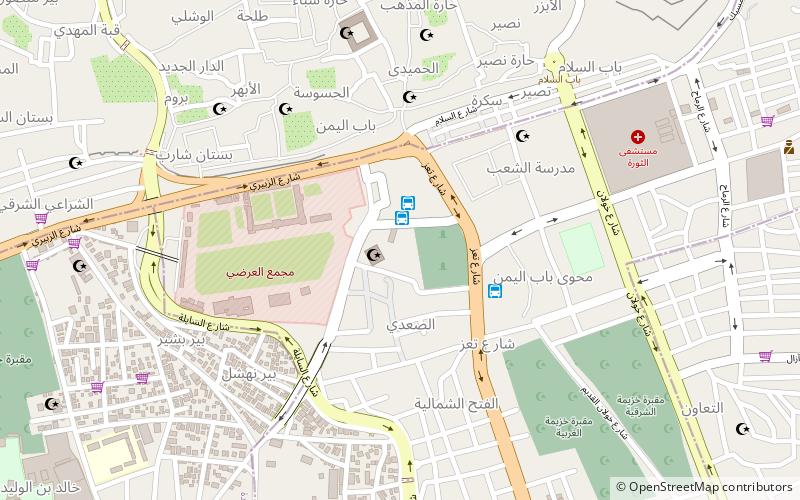Talha Mosque, Sanaa
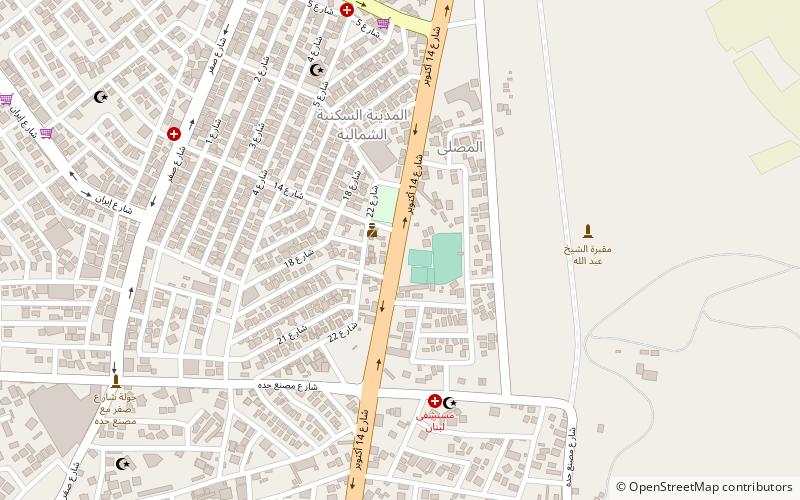

Facts and practical information
Nestled in the heart of Sanaa, the ancient city that is a jewel of Yemen's cultural heritage, stands the venerable Talha Mosque. This historic mosque is not merely a place of worship but also a testament to the architectural ingenuity and spiritual devotion that has permeated the region for centuries.
The Talha Mosque is distinguished by its traditional Yemeni architectural style, marked by intricate brickwork and ornamental patterns that speak to the rich artistic traditions of the area. It serves as a spiritual haven for the local populace and a beacon of Islamic culture within the city.
While the exact date of its construction is not well-documented, the Talha Mosque is believed to have been established during the early Islamic period, mirroring the growth of Islam in the Arabian Peninsula. The mosque has stood the test of time, witnessing the ebb and flow of Sanaa's history, from its days as a bustling trade center to its current status as a UNESCO World Heritage site.
The mosque's interior is a serene space, with the mihrab indicating the qibla, or direction of prayer towards Mecca. The prayer hall is spacious, accommodating the faithful who come to perform their daily prayers, as well as those attending the Friday congregational prayer, known as Jumu'ah.
Despite the challenges faced by Yemen in recent times, the Talha Mosque remains a symbol of resilience and continuity. It is a cornerstone of the local community, providing not just a place for worship, but also a sense of identity and belonging to the residents of Sanaa.
The mosque is not widely commercialized as a tourist destination, preserving its sanctity and authenticity. Visitors to Sanaa who seek to experience the spiritual and historical essence of the city find the Talha Mosque a place of profound peace and reflection.
Sanaa
Talha Mosque – popular in the area (distance from the attraction)
Nearby attractions include: Saleh Mosque, Yemen Military Museum, Ghumdan Palace, Al-Bakiriyya Mosque.
